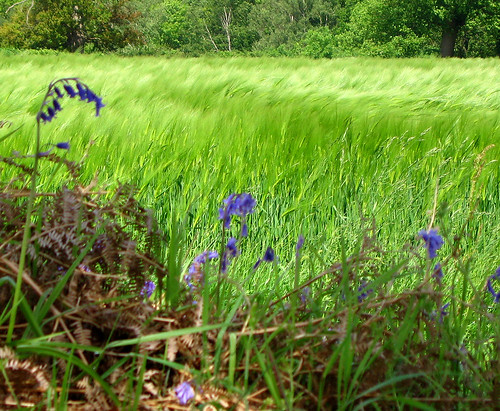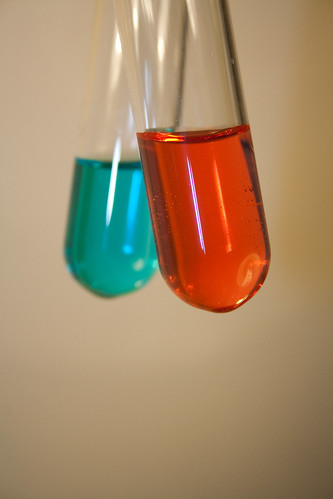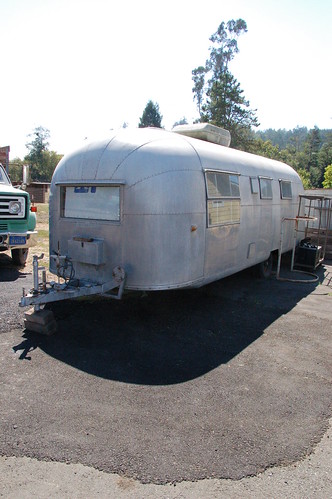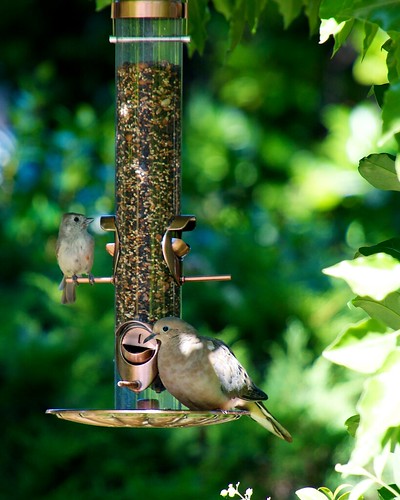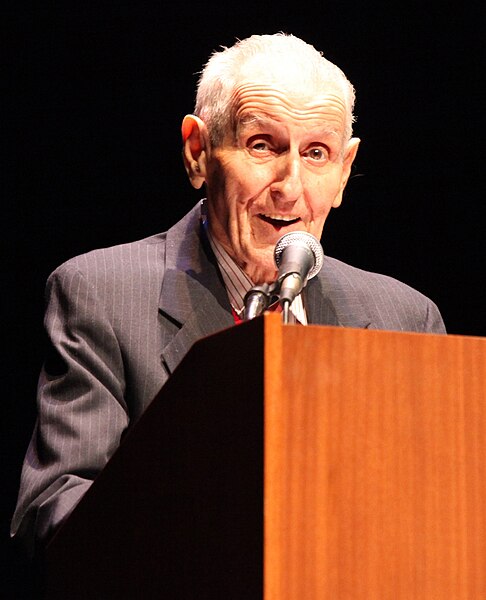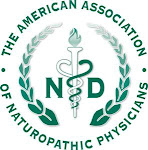By Jacob Schor, ND, FABNO
There’s a Hebrew expression that roughly translates as "Where do you live?" It’s not meant to ask the location of a person’s residence. Instead it expresses shock, dismay, or disbelief in the ideas held by the person being addressed. By implication, "Do you live on Mars?"
During the winter, I go skiing with my friend Jim every Wednesday. We have done this for almost two decades, from opening day in November to closing day in May. Given the many shared months of our lives spent shivering together, I guess it was fitting that when Jim came back from a business trip to Dublin last winter, he brought me a gift: a handmade wool sweater.
This beautiful sweater came with a brochure affixed to it with one of those plastic fasteners, which needs to be snipped off lest you leave a hole in the garment. The brochure informed me that because the sweater was made of Merino wool, it would be comfortable year round, winter, spring, summer and fall. It is a beautiful sweater and nice to wear outdoors with my vest when the temperature is in the twenties. It’s even wearable indoors when I’m writing, the heat is off and the temperature is below sixty. I’ve tried unsuccessfully to wear it a few times this spring. I joke about wearing it in the summer. We live in Colorado. It’s too hot here to even touch wool during the spring and summer. Though it makes for a good joke, "Oh, the temperature has dropped to 85. Shall I wear my sweater?"
I mention this sweater because I use it as an analogy. That information on that sweater tag teaches us two things. The first is obvious: you can’t believe everything you read. That certainly applies to a good many ‘miracle cancer cures’ my patients read about on the Internet and then expect me to believe in. I tell them about the sweater.
The second sweater lesson is less obvious. The statement that the sweater is wearable year round isn’t false. It’s probably true if you live in Ireland. The truth is
relative. In the case of my sweater, to where you live.
My ruminations on the relativity of truth are triggered by Nathan Seppa’s article in last week’s
Science News titled "The Sunshine Vitamin."
i
Nathan Seppa and before him Janet Raloff have in their earlier
Science News articles closely followed and reported on the growing vitamin D research over the last ten years. This article on the surface purports to cover both sides of the debate triggered by last year’s Institute of Medicine’s report on vitamin D.
Last November, an Institute of Medicine (IoM) panel of scientists announced new vitamin D recommendations. They recommended daily intakes of 200 to 600 IUs per day. For most of us who follow the growing data on vitamin D, and routinely prescribe doses ten times this high, these suggestions seemed absurd.
Seppa points out the argument on which most vitamin D proponents fall back: that "… these amounts still fall short of prehistoric people’s intakes by a Stone Age mile." Living outdoors with little clothing, these people manufactured thousands of international units, or IU, every day, perhaps getting three to five times as much as most people get now.
Seppa then goes on and writes a comprehensive review of the benefits associated with vitamin D. He reviews the many research studies that form the basis of our thinking that vitamin D can produce anti-viral, anti-cancer, anti-allergy (including asthma, allergies etc), anti-autoimmune (including DM, and especially MS), anti-neurodegnerative (Parkinson’s disease, Alzheimer’s disease), anti-hypertensive and anti-cardiovascular disease effects.
Seppa contrasts the IoM’s recommendations with those published this month by the Endocrine Society in the
Journal of Clinical Endocrinology & Metabolism.
ii "The society, the world’s oldest and largest group devoted to hormone research, called for vitamin D intake levels two to three times higher than the IOM’s recommendations."
The question in my mind isn’t which of these opinions to follow. For naturopathic physicians, this is a no brainer. The majority of us will follow the guidelines and thinking of the Endocrine Society over those of the IoM. The question is why varying groups of intelligent and well-meaning scholars see the world so differently.
I think our views are tainted by the day-to-day needs of clinical practice and the demands it places on us to make pragmatic decisions based on often incomplete data, while those of the IoM panel are made in the academic luxury of being able to stall until more data is available.
Seppa quotes Patsy Brannon, a molecular nutritionist at Cornell University and a member of the IoM panel, who expressed the need for more randomized to settle the question:
"We looked extensively at those areas," Brannon says. In non-bone research, she says, "We found very limited randomized controlled trials, and evidence for cause and effect was not present."
At this point, there is slim if any indication that vitamin D supplementation will be hurtful and ample suggestion that it will provide vast benefits. But that’s our point of view.
This brings to mind another recent article, this one in last Sunday’s
New York Times by Siddartha Mukherjee, the author of 2010 book
The Emperor of All Maladies: A Biography of Cancer, which won the Pulitzer Prize for General Nonfiction. In his
Times article, he reviews the evidence behind the current fear that cell phones will cause brain cancer and compares it with the evidence that links formaldehyde exposure to leukemia and smoking with lung cancer.
Mukherjee points out that the link between formaldehyde and cancer was known in the 1970s. It wasn’t until recently that the National Toxicology Program actually announced the connection. He blames industry lobbyists, particularly plywood manufacturers, for delaying this official stance.
Mukherjee reminds us that "The human trials that established that tobacco smoke is a carcinogen were initially performed in the mid-1950s (some even earlier). The tobacco industry mounted an aggressive campaign to discredit the data, and continued marketing tobacco to the public. The landmark Surgeon General’s Report on smoking and cancer was released in 1964. And it took yet another decade of innovative strategies, including powerful anti-tobacco advertisements and tort cases against tobacco companies, to alter the trajectory of smoking behavior in America."
iii
It can take a long time for knowledge to move from research publications to changes in public awareness and behavior. Let’s not even attempt to explain the recent trend toward increased smoking in young people in certain parts of the country.
Seppa sums up the arguments against the IoM’s desire for better evidence of vitamin D effect, and their desire for more randomized controlled trials by quoting Cedric Garland of the University of California, San Diego:
Besides, randomized controlled trials have never been the sole arbiter of medical thinking or policy, Garland says: "If they were, we would all still be smoking cigarettes and no one would be wearing seat belts."
We may never have randomized controlled trials on smoking because at this point it would be unethical to assign people to a ‘smoking arm’ of a trial. The weight of the evidence in support of vitamin D may soon bring us to a similar situation. How can we ethically tell people in a control group to not take vitamin D?
When it comes to wearing Merino wool sweaters in the summer, I don’t live in Ireland. What’s true in Ireland is not true in Denver.
We have to accept that the members of the IoM committee do not live in the same world we do. When it comes to encouraging higher intake of vitamin D, I want to think that we live in the real world, where our desire to improve patient health comes first in our list of priorities.
---
iNathan Seppa. The power of D: Sunshine vitamin’s potential health benefits stir up, split scientists. Science News / July 16th, 2011; Vol.180 #2 http://www.sciencenews.org/view/feature/id/332009/title/The_power_of_D_
iiHolick MF, Binkley NC, Bischoff-Ferrari HA, Gordon CM, Hanley DA, Heaney RP, Murad MH, Weaver CM. Evaluation, treatment, and prevention of vitamin d deficiency: an endocrine society clinical practice guideline. J Clin Endocrinol Metab. 2011 Jul;96(7):1911-30. PMID: 21646368
iiiMukherjee S. Times Patrolling Cancer’s Borderlines. New York Times. July 12, 2011. http://www.nytimes.com/2011/07/17/opinion/sunday/17Mukherjee.html

